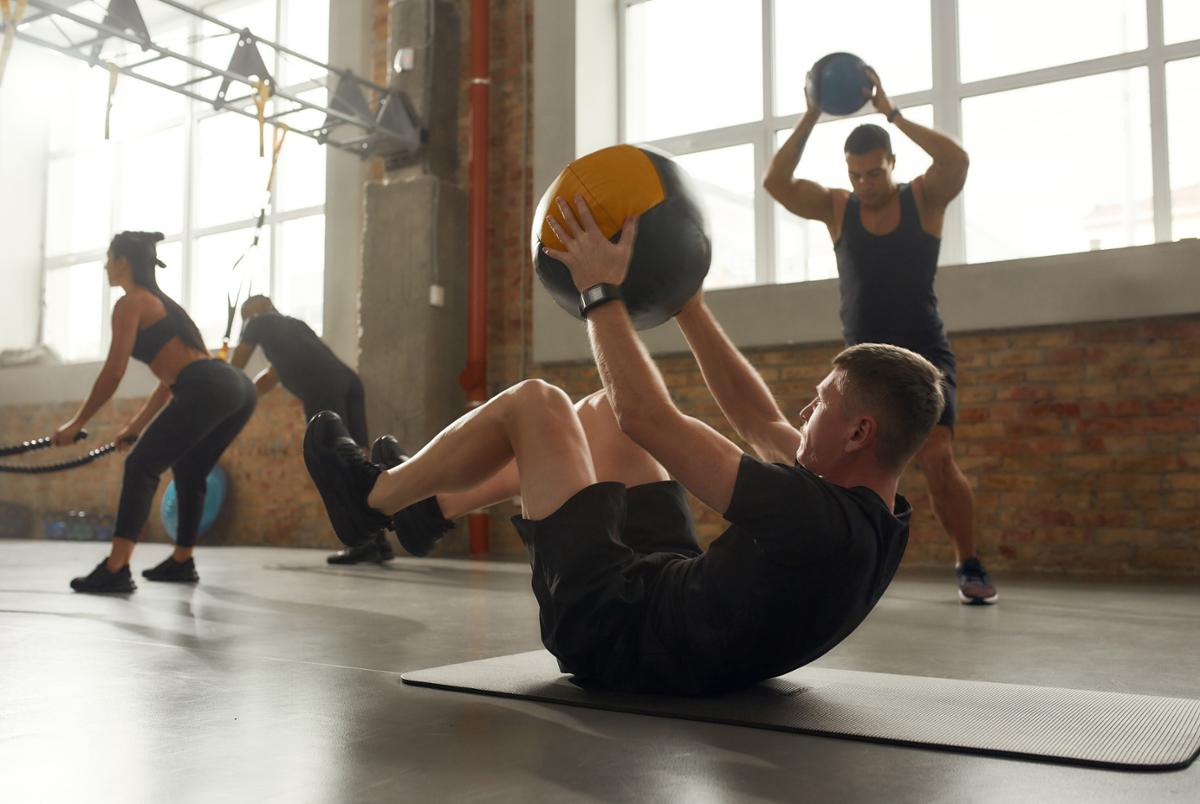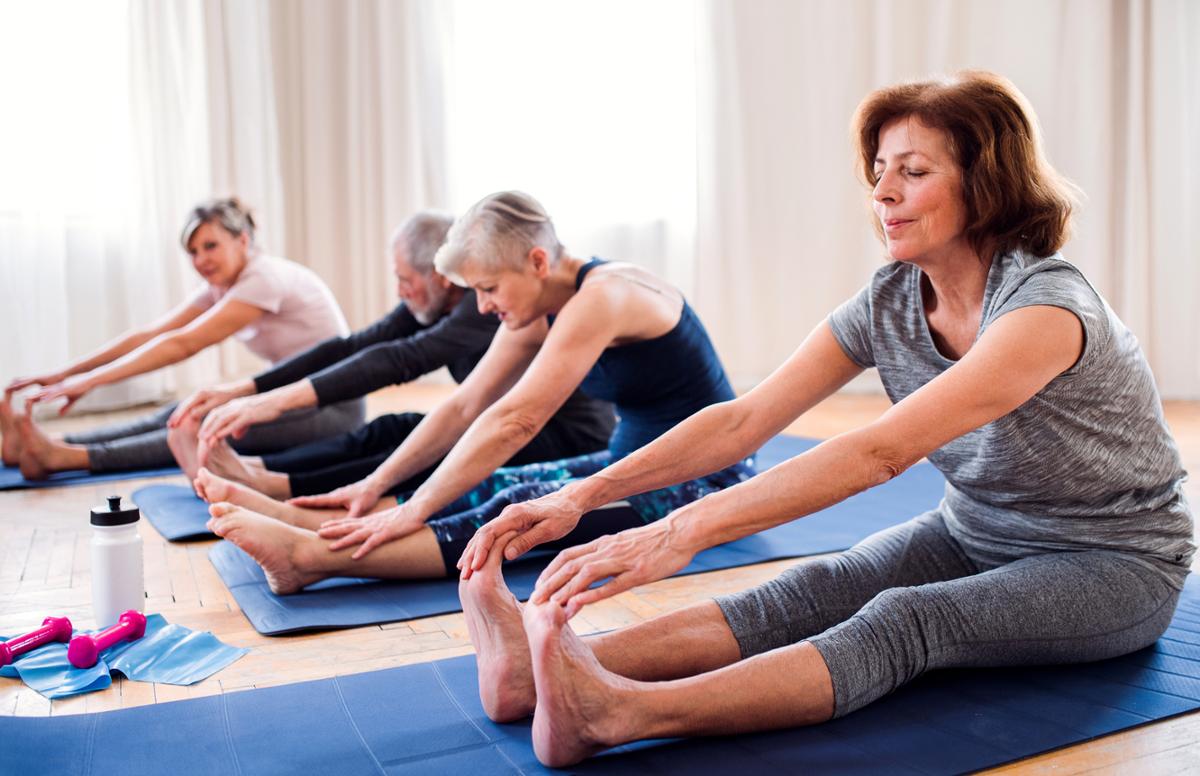With hikes in energy prices and some operators still not yet back to pre-pandemic membership levels, it’s only a matter of time before some are forced to pass cost increases on to consumers.
Lockdowns have made working out at home a viable option for many and the continued hybrid working model may strengthen the argument for terminating gym contracts if members don’t believe they’re getting value for money. Armed with this knowledge, some operators are understandably cautious about applying increases to membership fees.
Leisure-net’s Price Rise Sensitivity Report, undertaken in summer 2022, shows the impact of potential membership fee increases in the UK. Using a national database and a representative sample, the research provides a steer on how consumers feel towards possible increases.
The research looked at price rise sensitivity by type of club (premium, low-cost, local authority and independent) and also by age, gender, region and exercise frequency. It also examined age and gender combined. Respondents were asked how they would feel about a price rise of either zero, 5, 10, 15 or 20 per cent on their current membership fee.
Mixed reaction
Overall, 42 per cent of the sample who used public leisure centres did not want a price rise. In the private/independent sector, things were more positive, with the number at only 33 per cent, with the other 67 per cent saying they would tolerate an increase.
For those who said they would accept an increase, 25 per cent of public/sport centre users felt a 5 per cent increase was acceptable, while forty per cent of independent gym members would be prepared to pay up to 20 per cent more for their membership. Although it’s a different picture in Scotland, where nearly half of independent gym members (47 per cent) would not tolerate an increase in membership dues.
Other topline findings show that younger men at independent gyms are most likely to accept price rises, while older women at leisure centres are least accepting of increased costs.
When it comes to leisure centres, a quarter of members living in London said they would be prepared to see their fees increase by 20 per cent. By contrast, 63 per cent of leisure centre members in Wales would not pay any more for their membership.
Unexpected results
Surprisingly, those members who visit more frequently are not the most pre-disposed towards a price rise. Those who reported attending daily, or a few times per week, were less likely to support an increase of more than 10 per cent, with the majority accepting a 5 per cent increase. Forty one per cent of members who attend daily and 43 per cent of members who attend a few times per week do not support any price increase.
However, users who attend a facility less frequently were more accepting of a 10 per cent price rise. Forty one per cent of independent gym/health clubs users who visit their facility once a month or so said they were prepared to accept a 10 per cent increase, and 11 per cent of public centre members with the same usage patterns are also happy to pay 10 per cent more for their membership.
This unexpected data presents an opportunity for operators to review their current member experience strategies, as well as their pricing model for pre-paid and pay-as-you-go options.
Nurture loyalty
Unsurprisingly, members of private/independent gyms are more likely to support price increases than users of public sports and leisure centres, but it’s interesting to look at how the two groups differ in terms of their support for a 10 per cent increase in membership fees.
Our insights allows operators to be agile when planning future price rises, but also provides visibility on how much members value their membership.
While people are prepared to work out outside the four walls of a club, members choose to attend their facilities for a reason – an experience. That experience needs to be delivered consistently for value to be felt and loyalty to be nurtured.
More: www.leisure-net.org

























































